
Investigating the’ Plankton Conveyor Belt’ and the ‘Sweet Spot’ for Phosphorus Loading in Lake Michigan
A Great Lakes Sea Grant Research Project Leads to Bigger Questions and NSF Funding
Scroll down to view posts

A Great Lakes Sea Grant Research Project Leads to Bigger Questions and NSF Funding
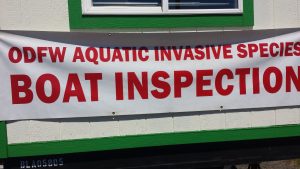
The National Sea Grant Law Center is supporting the protection of aquatic ecosystems through a multi-state initiative that is transforming aquatic invasive species management in the western United States.

Washington Sea Grant student works with the Crab Team, a citizen science program dedicated to preemptively detecting invasive European green crab by monitoring pocket estuaries for signs of settlement.
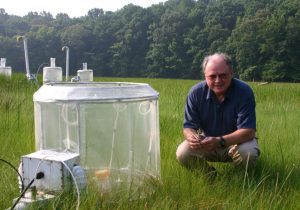
Maryland’s coastal wetlands provide diverse ecosystem services for the Chesapeake Bay region, reduce flooding risks, and help to improve local water quality. These natural communities, however, also face threats from rising sea levels and invasive species. Of particular concern is the non-native reed Phragmites australis, which has displaced native marsh grasses in many Mid-Atlantic wetlands in recent decades. To inform the management of this invasive reed, Maryland Sea Grant funded research to better understand how climate change might affect the growth of Phragmites populations around Chesapeake Bay.
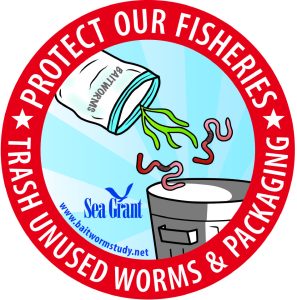
The introduction of aquatic invasive species to Chesapeake Bay, transported through the ballast water of cargo ships or by live animal and plant trades, can bring ecologically harmful consequences. To safeguard local ecosystems, Maryland Sea Grant supports programs that seek to prevent the establishment of new invasive species in the region.
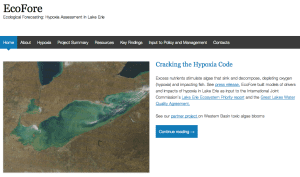
The project created, tested and applied models to forecast how anthropogenic (land use, invasive species) and natural (climatic variability) stresses influence hypoxia formation and ecology, with an emphasis on fish production.
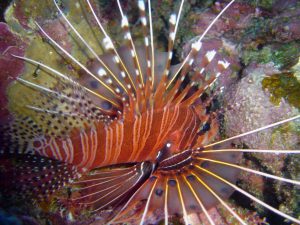
Sea Grant Puerto Rico combats lionfish invasion by promoting its capture, sale, and consumption.
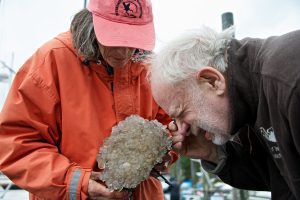
Smithsonian researchers partnered with Gary Freitag, an Alaska Sea Grant Marine Advisory Program agent, to hold a volunteer-led assessment of invasive species off the coast of Ketchikan, Alaska.
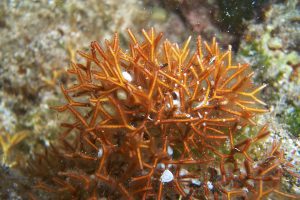
Guam Sea Grant and University of Guam researchers are tackling the threat of invasive algae in Micronesia using modern genetic techniques.
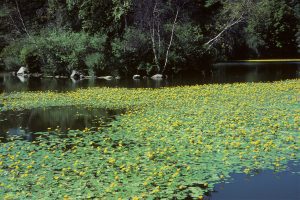
The Great Lakes may span eight states and two provinces, but the threat of new aquatic invasive species is a constant reminder that the region is connected in more than name alone.